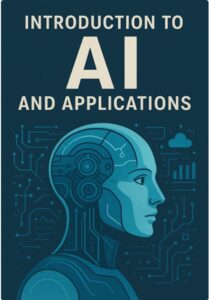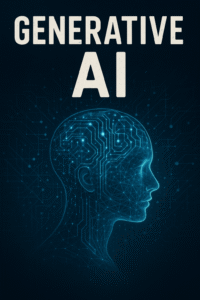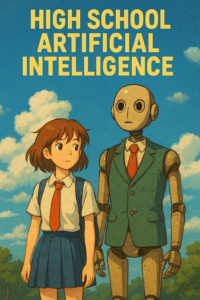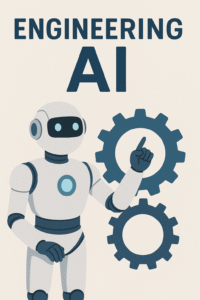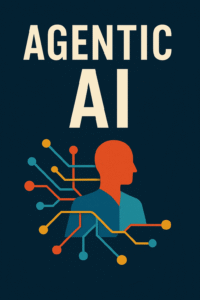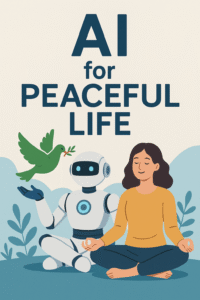Image Source : UN Environment Management Group
Introduction
In 2015, the United Nations adopted the 2030 Agenda for Sustainable Development, a global initiative aimed at addressing some of the most pressing challenges facing our planet. At the heart of this agenda are the 17 Sustainable Development Goals (SDGs), which serve as a comprehensive blueprint for achieving a better and more sustainable future for all. These goals tackle a wide range of issues, from poverty and inequality to climate change and environmental conservation. In this article, we will explore each of the 17 SDGs and provide examples of how they are being implemented around the world.
- No Poverty
Goal: End poverty in all its forms everywhere.
Example: Conditional cash transfer programs in countries like Brazil provide financial assistance to low-income families, helping them break the cycle of poverty.
- Zero Hunger
Goal: End hunger, achieve food security, improve nutrition, and promote sustainable agriculture.
Example: The “One Acre Fund” in East Africa provides smallholder farmers with training, resources, and financing to increase crop yields and food security.
- Good Health and Well-Being
Goal: Ensure healthy lives and promote well-being for all at all ages.
Example: The global effort to eradicate diseases like polio and malaria has resulted in a significant reduction in cases and improved health outcomes.
- Quality Education
Goal: Ensure inclusive and equitable quality education and promote lifelong learning opportunities for all.
Example: The “Teach for All” network recruits and trains teachers to work in underserved communities, improving educational opportunities.
- Gender Equality
Goal: Achieve gender equality and empower all women and girls.
Example: The HeForShe campaign engages men and boys in the fight for gender equality, breaking down gender stereotypes.
- Clean Water and Sanitation
Goal: Ensure availability and sustainable management of water and sanitation for all.
Example: The “Water.org” organization provides access to clean water and sanitation facilities in developing countries.
- Affordable and Clean Energy
Goal: Ensure access to affordable, reliable, sustainable, and modern energy for all.
Example: The expansion of solar energy projects in India is making clean energy accessible to millions of people.
- Decent Work and Economic Growth
Goal: Promote sustained, inclusive, and sustainable economic growth, full and productive employment, and decent work for all.
Example: Microfinance initiatives in Bangladesh, like Grameen Bank, have enabled entrepreneurship and economic empowerment among women.
- Industry, Innovation, and Infrastructure
Goal: Build resilient infrastructure, promote inclusive and sustainable industrialization, and foster innovation.
Example: China’s investment in high-speed rail networks has improved transportation and connectivity, boosting economic growth.
- Reduced Inequality
Goal: Reduce inequality within and among countries.
Example: Progressive tax policies and social safety nets in Scandinavian countries have reduced income inequality.
- Sustainable Cities and Communities
Goal: Make cities and human settlements inclusive, safe, resilient, and sustainable.
Example: Copenhagen, Denmark, is often cited for its bike-friendly infrastructure and sustainability initiatives.
- Responsible Consumption and Production
Goal: Ensure sustainable consumption and production patterns.
Example: Companies like Patagonia are pioneers in sustainable fashion, advocating for eco-friendly materials and ethical manufacturing.
- Climate Action
Goal: Take urgent action to combat climate change and its impacts.
Example: The Paris Agreement, signed by nearly all countries, sets targets to limit global temperature rise and reduce greenhouse gas emissions.
- Life Below Water
Goal: Conserve and sustainably use the oceans, seas, and marine resources.
Example: Marine protected areas, like the Great Barrier Reef Marine Park in Australia, safeguard marine ecosystems.
- Life on Land
Goal: Protect, restore, and promote sustainable use of terrestrial ecosystems, sustainably manage forests, combat desertification, and halt and reverse land degradation and halt biodiversity loss.
Example: The reintroduction of wolves to Yellowstone National Park in the United States helped restore ecological balance.
- Peace, Justice, and Strong Institutions
Goal: Promote peaceful and inclusive societies for sustainable development, provide access to justice for all, and build effective, accountable, and inclusive institutions at all levels.
Example: The Truth and Reconciliation Commission in South Africa played a pivotal role in achieving post-apartheid reconciliation.
- Partnerships for the Goals
Goal: Strengthen the means of implementation and revitalize the global partnership for sustainable development.
Example: Organizations like the United Nations and the World Bank facilitate international cooperation and financial support to achieve the SDGs.
The 17 Sustainable Development Goals offer a comprehensive framework for addressing the most pressing global challenges. Achieving these goals requires collective action from governments, businesses, civil society, and individuals. While progress has been made in various areas, there is still much work to be done to ensure a more sustainable, equitable, and prosperous future for all. The examples provided demonstrate that when we work together, positive change is not only possible but also achievable.




